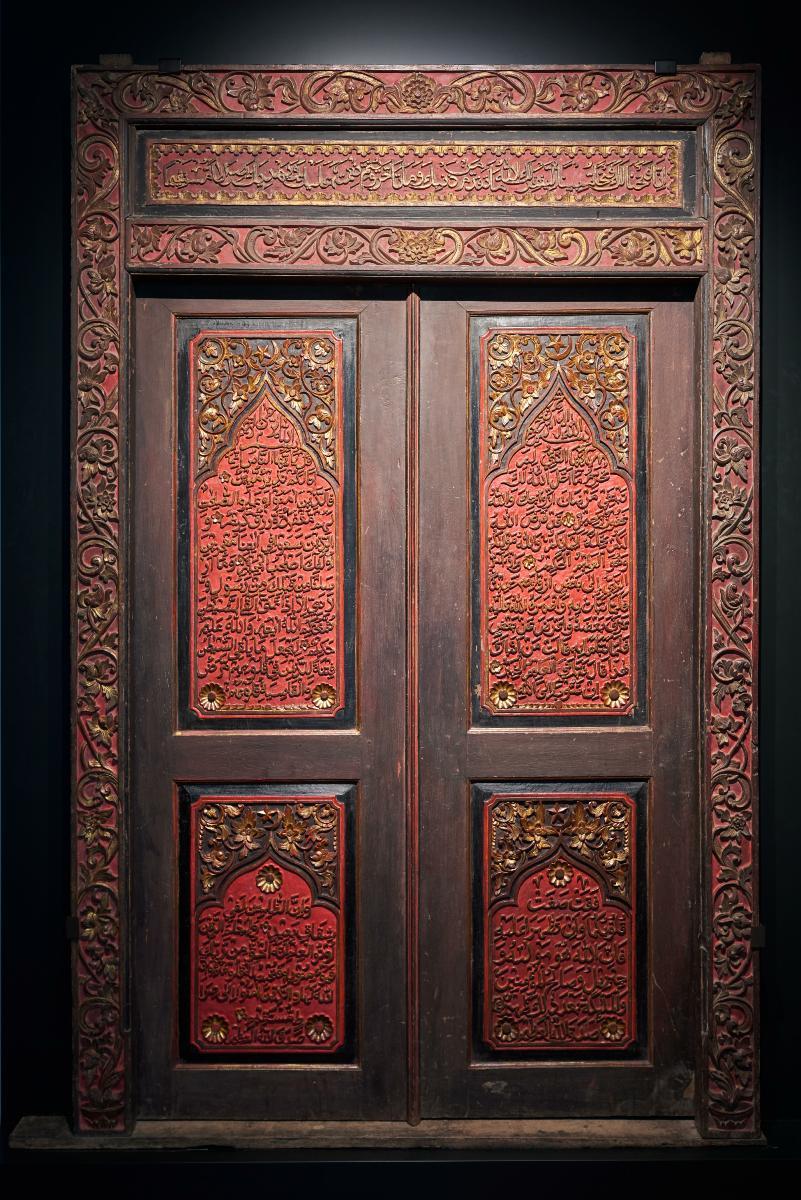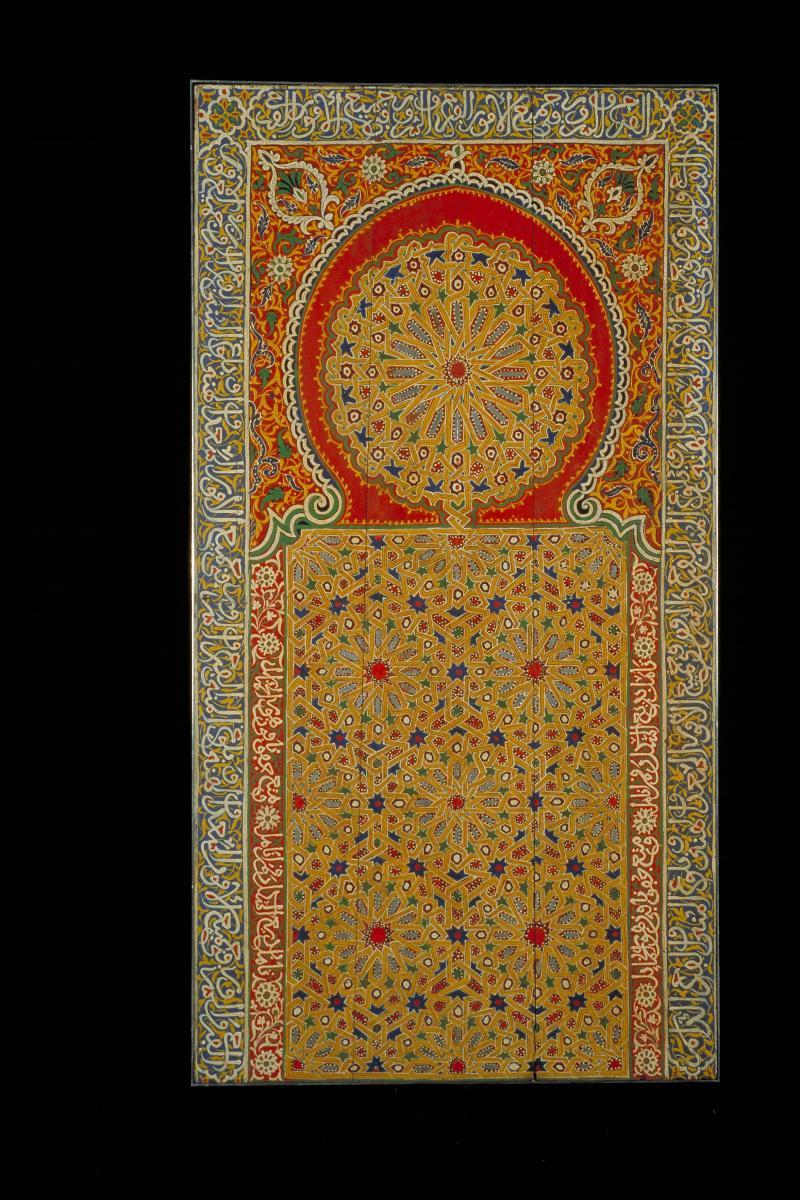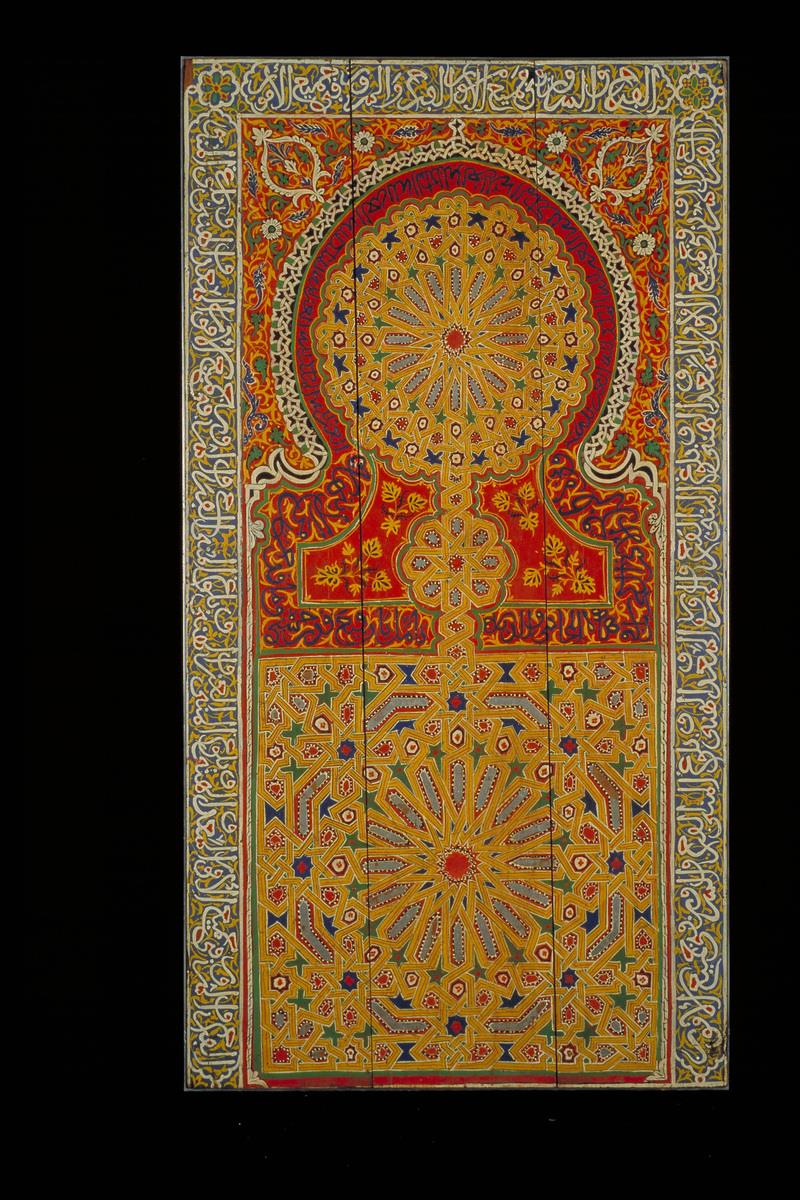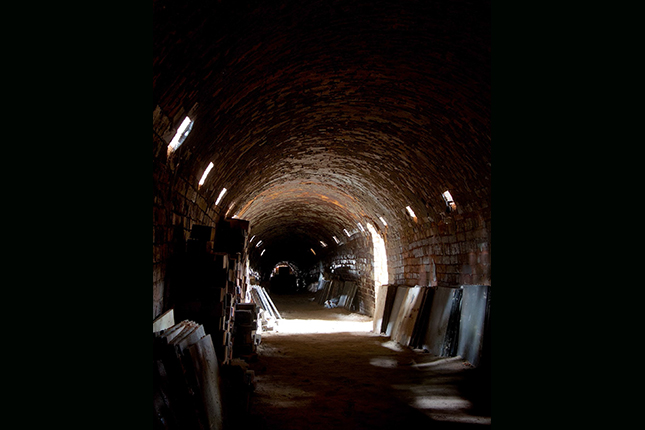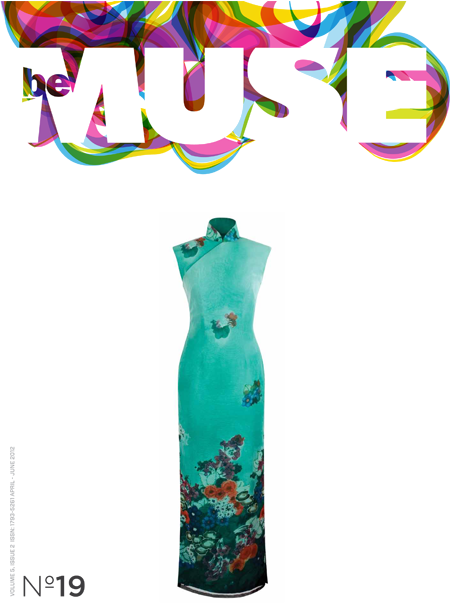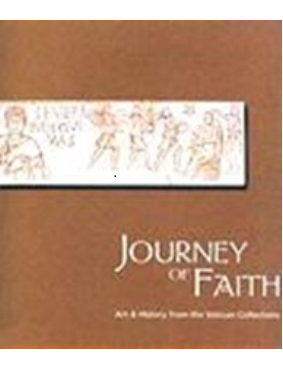This carved wooden partition screen draws from the long tradition of woodcarving from the East Coast of Peninsular Malaysia. Usually seen in older and smaller mosques (or Muslim homes), the carved panel screen is used to separate the male congregation from the female congregation, as required by Islamic principles. Today these screens are hardly used since the sizes of mosques have generally grown bigger, resulting in better demarcation of spaces between the two genders. The separation of the two genders are also pre-planned with the design of new mosques, whether big or small.The upper part of the central panel has the Arabic phrase which reads Bismillah ir-Rahman ir-Rahim which translates to ‘In the Name of Allah (God) the Most Gracious and the Most Merciful’, a phrase which precedes the reading of any verses in the Qur’an, prayers or even any daily tasks or actions done by Muslims. Whereas the upper right and left panels feature the name of the last prophet as narrated in the Qur’an, Prophet Muhammad (S.A.W) – stylistically carved to ‘mirror’ each other, forming a unified circular motif. Subsequently, the bottom six framed panels (2 on each wooden screen) feature elements from nature like the ketam guri leaves and ketumbit leaves, carved in a spiral-like design known as awan larat or ‘meandering clouds.’The combination of both Islamic calligraphy and floral motifs from the ancient pre-Islamic Malay kingdom of Langkasuka - currently the Southern Thai state of Pattani - illustrates the historical ties between Kelantan, Terengganu and the Southern states of modern Thailand. Hence the various designs and patterned elements illustrates the evolution of Malay woodcarving influenced by Hindu-Buddhist and Islamic traditions, through certain universal concepts like the ‘unitary nature of all existence’ and the ‘unity of God.’





